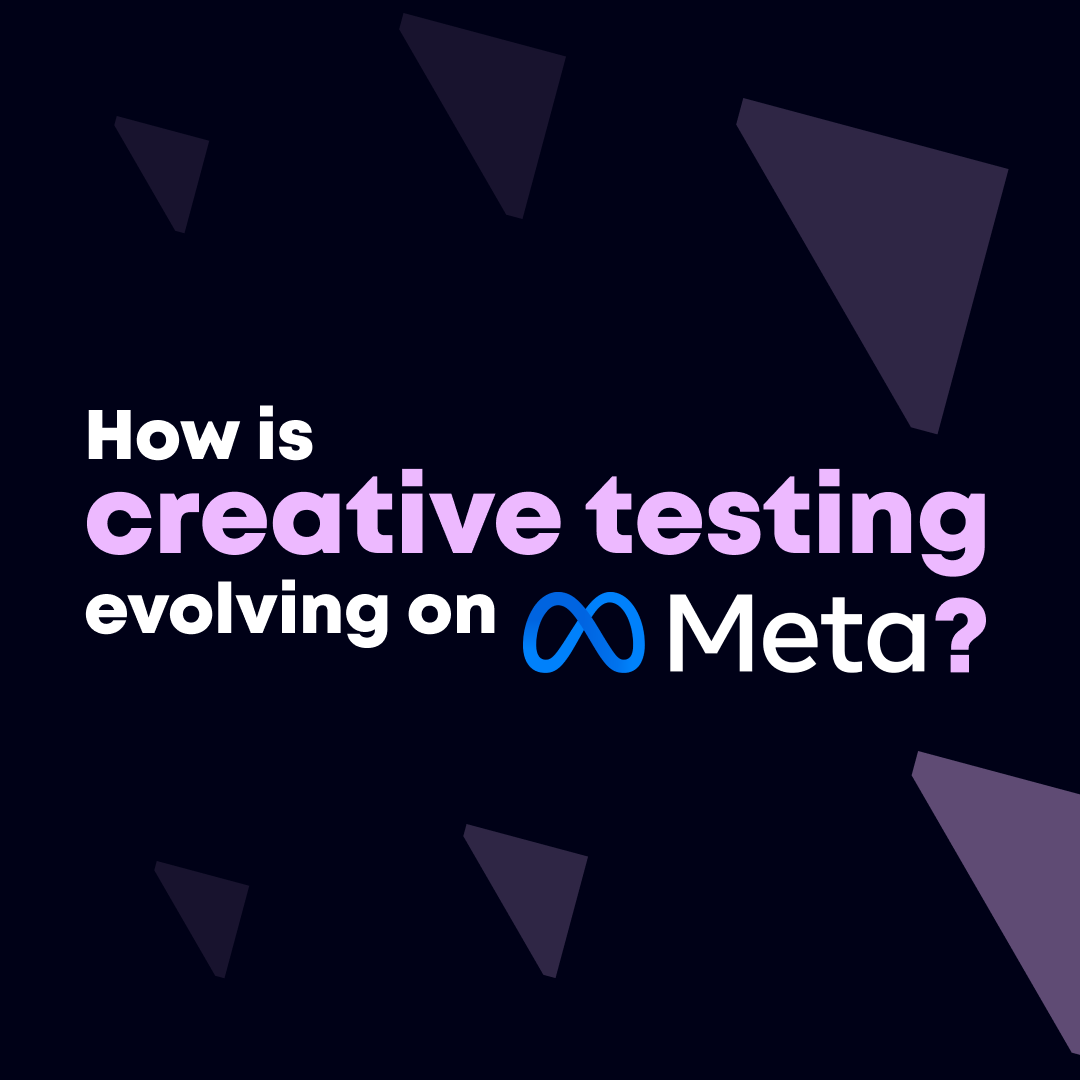Over the years I’ve had countless conversations about how to attribute value to different marketing channels within a complex marketing mix, particularly upper-funnel digital channels like Meta (Facebook) ads.
There is so much data available, on so many different platforms, that it feels like there should be a simple way to connect the dots and get a clear understanding of how a user first discovered your brand and ultimately went on to purchase.
However, there are lots of factors which make it far from simple:
- No ad platforms interact with one another, so each takes all the credit for itself.
- Cross-device conversion tracking is poor at best, particularly on Google Analytics, making click-based models unhelpful for measuring top-of-funnel activity
- Ad platform data is limited to set attribution windows and is incomplete
Historically, digital marketers have relied on last-click attribution, the default setting in Google Analytics, to measure the value of each channel.
However, this is an incredibly strict attribution model which requires a user to convert directly from a channel in order to gain credit for a conversion, which isn’t appropriate for measuring channels that are higher up the funnel. This is demonstrated by the high % of revenue that is attributed to direct, organic and branded PPC in Google Analytics, due to the factors mentioned above.
Even if you change to a different click based model, such as first click or linear, you will still find that the majority of credit is still given to direct, organic and PPC. This means that you still won’t understand what’s driving the awareness of your brand, which is what’s going to grow your business for the long term.
So how should you tackle the problem?
This is the process that I recommend people go through:
1. Understand whether you need to answer the question
Most Heads of Growth/CMOs want an attribution model for one of two reasons:
- They need to justify marketing investment to their founder or board
- They want to optimise the amount they are spending on each channel in a complex marketing mix, including OOH, TV and digital channels.
Both of these are valid, but you need to ensure that all stakeholders are on board with the project.
Developing an attribution model is a big undertaking whether you do it in-house or with a third party, so you need to be absolutely sure it’s something you want to commit to before diving in as it’s a deep rabbit hole.
2. Start gathering evidence
Attribution is fundamentally a grey area, so it’s down to you to use common sense and assumptions based on customer behaviour and data to identify which channels deserve credit.
I’d recommend looking at the following:
- Survey customers to find out where they heard about you and how long it took them to make a purchase (take with a pinch of salt, but still helpful)
- Run conversion lift studies for all channels that let you (especially Meta)
The conversion lift studies will help you better understand the true impact of your channel by creating a group of people who don’t see any of your ads for a period of time.
Pro tip: retargeting activity typically has the least incremental value for Meta ads (Facebook ads), so make sure you’re spending at least 80% of budget on cold audiences before you run a lift study.
3. Test a number of different attribution tools
The key to this stage is to continue to develop a deeper understanding of how different tools and methods result in different measurements for each channel.
Most self-serve or mass market attribution tools aren’t tailored to your business so they often take a one size fits all approach. They usually use click-based models for measurement and voucher codes to attribute value to each channel, which can be a helpful lens to view things through, although it is still not perfect due to the limitations that we’ve already discussed.
More premium tools and attribution services will also use a technique known as Media Mix Modelling which enables you to attribute orders to all of your channels, whether they are online or offline, by analysing the relationship between impressions, spend and revenue whilst catering for other variables such as discounting or seasonality.
This can be one of the most helpful methods as it puts upper funnel activity on a level playing field with lower funnel channels. As a result, you’re able to understand where a user likely first heard about your brand, rather than where they finished their research…
The questions to ask at this stage are:
- Does this tool/model help me understand where my organic and direct revenue is coming from?
- Is this a click-based model or an impression/spend based model?
- Are upper funnel channels being assigned appropriate credit based on what you know about your customer and your business?
If you don’t cast a critical eye over a tool and why it’s telling you a certain thing, it can lead to poor decisions that will affect your marketing in the long term.
Here at BARK we also offer an attribution tool which primarily uses MMM to help you understand the value of your marketing. We can then integrate our modelling CPAs and ROAS into your performance marketing reporting, helping you to make better budgeting decisions on a monthly basis.
4. Start using a model and continue to develop it over time
Once you’ve explored all of the options available, you can then make an informed decision about what works best for your business.
If you’re primarily spending on PPC for example, maybe a click-based model actually works well for optimising your marketing.
However, if you want to build your brand for the long term and reach people who haven’t heard of you before, whether it’s online or offline, perhaps an attribution model using MMM which takes a more holistic approach would be a better option for justifying your upper funnel spend.
In the same why you might run a brand lift study once a quarter to understand how your brand awareness is developing, we would recommend that you calibrate your attribution model regularly to ensure it’s still relevant to your business as things change.



